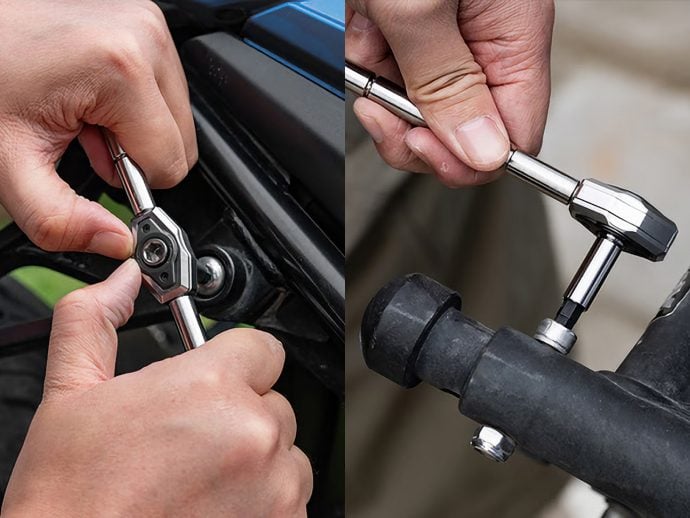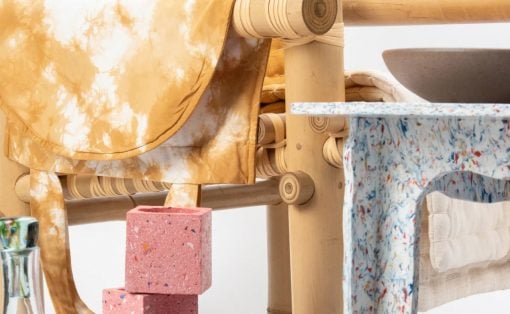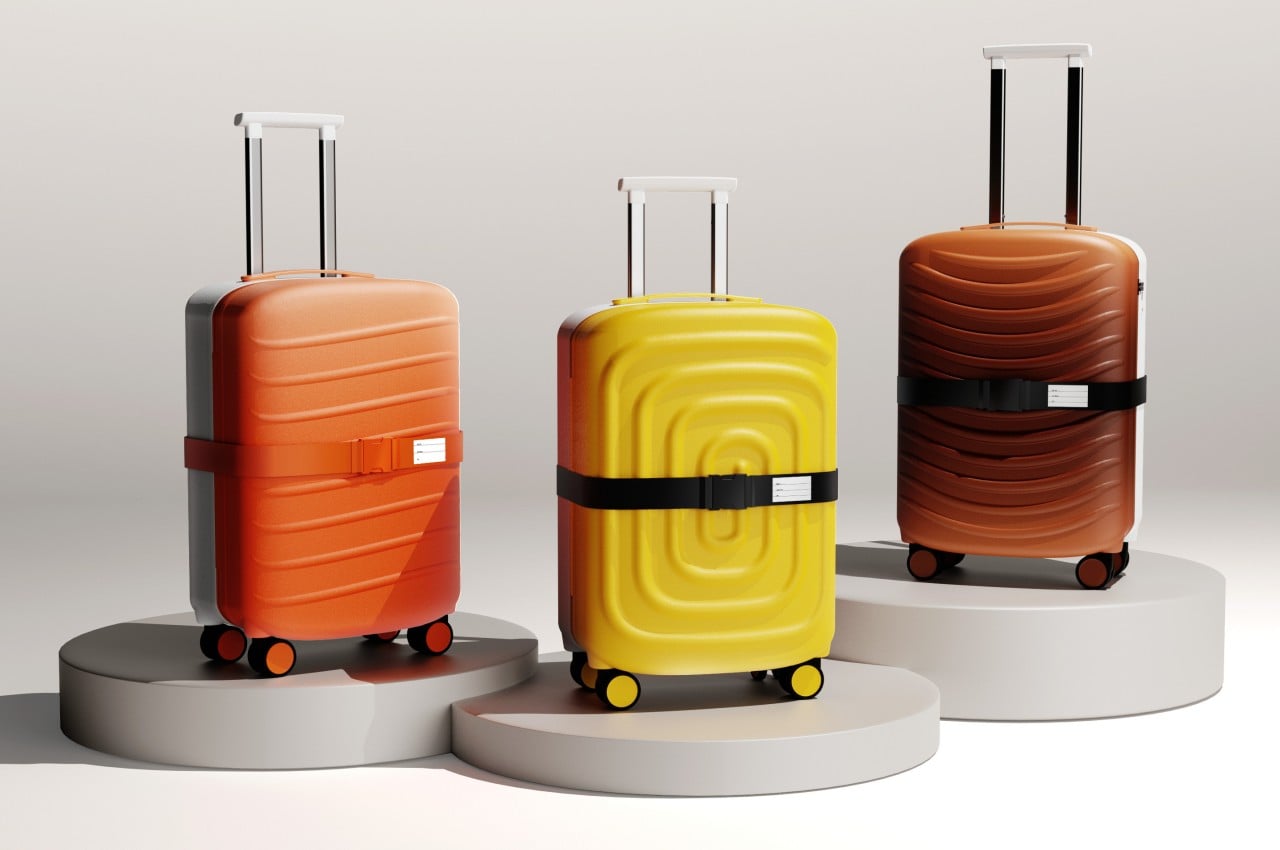
After being stuck indoors for so long because of COVID, people have started traveling again en masse and with such intensity that the term “revenge travel” was coined. Whether it’s just across the country or to another one, people have started to remember the feeling of freedom that traveling produces. At the same time, however, it also reminds them of some of the stress involved, particularly when it comes to packing and anxiously waiting for their bags to appear on the luggage conveyor belt. Truth be told, it’s probably impossible to completely get rid of all those negative emotions, so every little thing that lightens the mood can help. This design concept, for example, doesn’t make packing easier or make time go faster, but it adds a rather playful flavor to your suitcase that might give you joy, or even make you drool, every time you see it.
Designer: Yujeong Shin
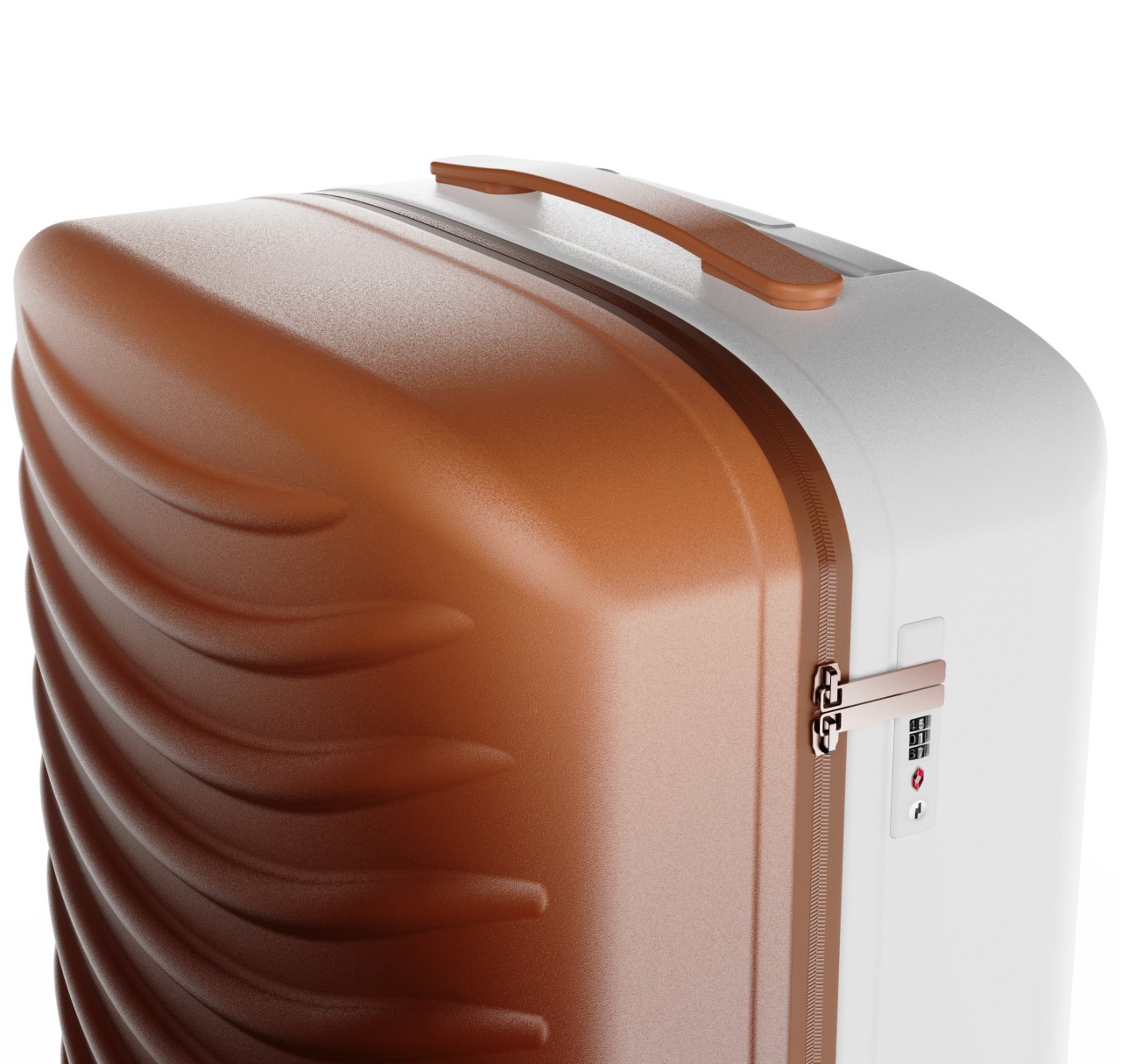
Most travel bags are designed with greater emphasis on functionality and durability, especially for suitcases that can never escape rough handling and tumbling on flights or cruises. Of course, that doesn’t mean they can’t be made to look beautiful or visually interesting, especially when aesthetics also add value to the product beyond just appearances. With the right choice of materials and thoughtful design, almost any type of theme can be used to make a suitcase look enticing without sacrificing its core features.
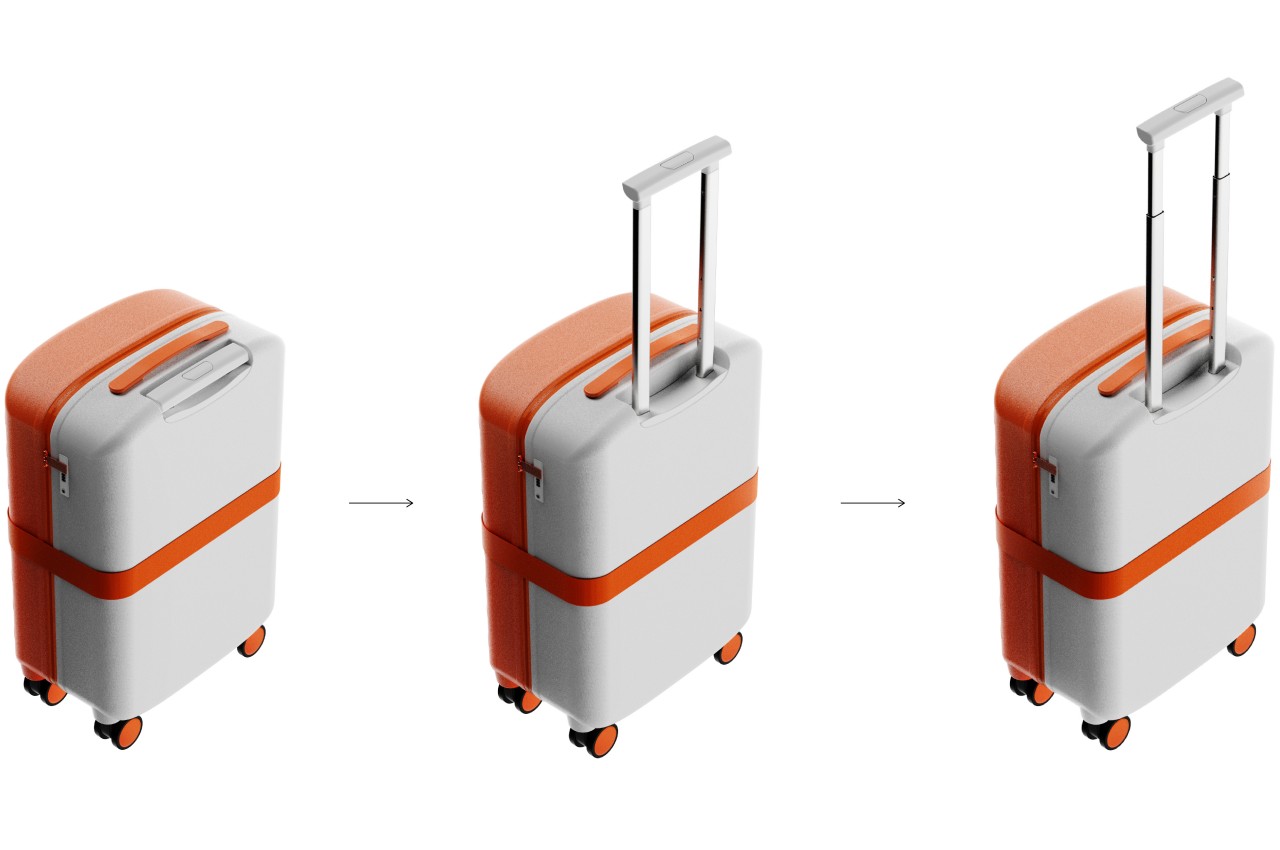

These pieces of luggage, for example, were made to resemble the rather famous appearance of sushi. In particular, they’re made with the dual tones of “nigiri” in mind, with white “rice” topped by a colorful ingredient, something that’s a bit easy to pull off considering suitcases are made of two halves in the first place. Associating suitcases with food might be an odd idea, but the motif is almost perfect when you consider how these rectangular containers on the airport conveyor belt almost look like sushi on food conveyor belts that are popular in Japan.
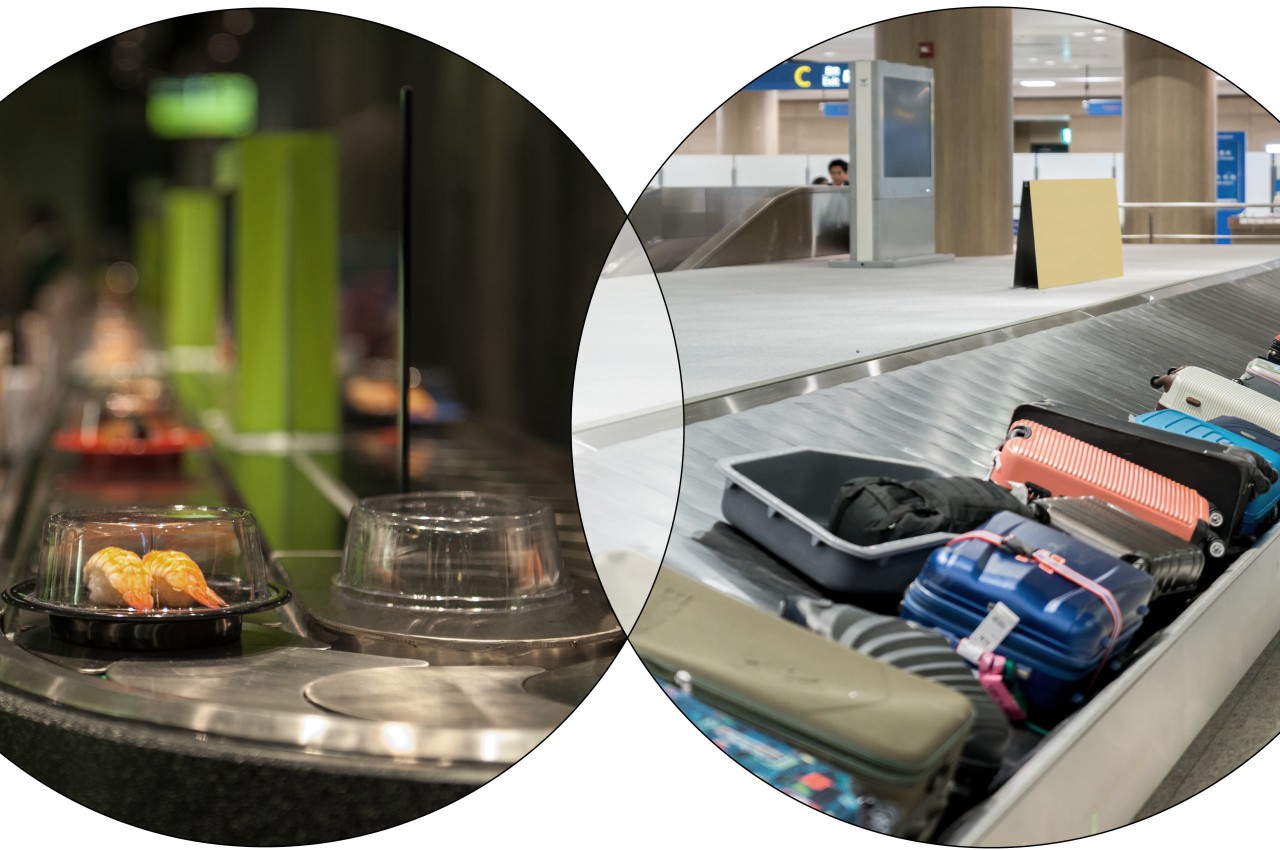

The designs cover three popular types of sushi, each with its own distinct colors as well as ridges unique to the flavors. The yellow egg (“tamago”) design has the usual spiral design you’ll see on such sushi, while both the brown eel (“unagi”) and orange salmon (“sake”) have raised waves that run across the top. Admittedly, there are more flavors of nigiri available, though the collection is oddly missing the equally popular red tuna (“maguro”).



The sushi metaphor doesn’t stop there, however, and another aspect reveals a rather genius marriage of form and function. A strap wraps around the width of the suitcase, resembling the strip of seaweed (“nori”) used to hold the two halves of sushi together. This strap has an area for writing your information and saves you the trouble of having to buy a separate accessory for the suitcase. The sushi suitcase isn’t a groundbreaking new design that changes the formula completely, but it helps make traveling a bit more enjoyable and even fun, especially if you’re going to Japan.



